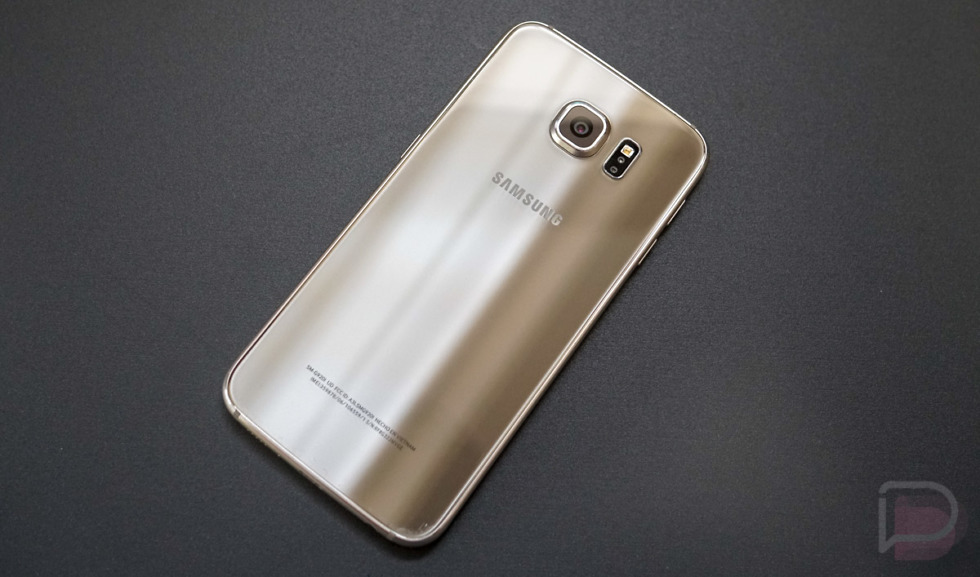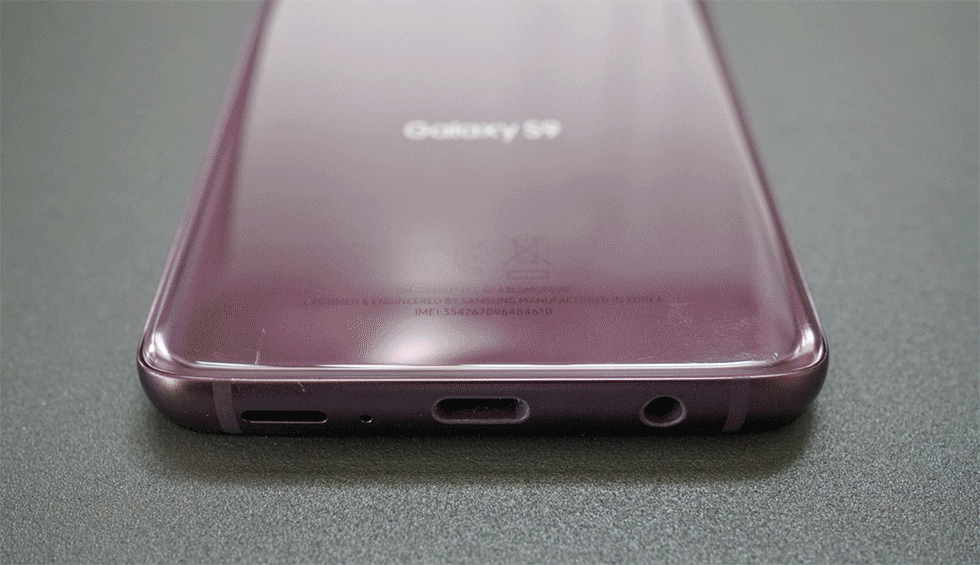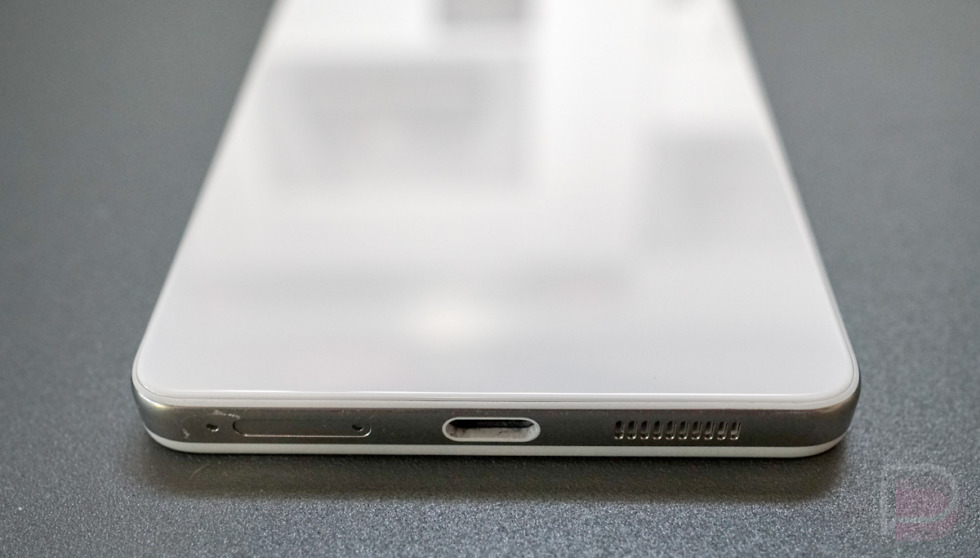OnePlus announced today that the OnePlus 6 will be its first phone with a glass back. LG went this route recently with the V30. Apple just did it with the iPhone X, as did Huawei with the P20. HTC also turned to glass after the HTC 10 with its HTC U Ultra and U11. Samsung, well, they’ve been all-glass since at least the Galaxy S6. All of these manufacturers refer to glass as being premium while suggesting this is a move that truly advanced their industrial design, and I can’t help but ask – why?
You see, dating back to that just-mentioned Galaxy S6, glass has been all the rage. In fact, I hilariously referred to the S6 as being “strong, elegant, and premium.” I mean…come on, Kellen. I don’t think I’m alone it such a eyeroll-worthy statement because glass is shiny, see-through, and offers this sort of gem-esque experience with depth that metal just can’t do. Glass does look pretty! Look at the P20 Pro and that gradient colorway! But as I’ve mentioned in recent videos and posts, I think it’s time we stop calling glass “premium.”
The word “premium” when defined as an adjective means “of exceptional quality or amount.” When you think of glass, do you think of it as a material that brings exceptional quality to something? Sure, an overall design can give off that premium feel, which I’m sure OnePlus and all of these other manufacturers are going for here, but it’s hard for me to think that a material as scratch-able, breakable, and fingerprint-able as glass is truly “premium.”
For those who don’t know, I’m a caseless guy. All phones stay naked in this house because I like phone design. I want to see and feel a phone’s design when I’m using it. If you are a phone maker that stands on stage to brag about the premium feel your phone gives off when in hand, then I want to experience that. And I sure as hell am not going to experience all that your marketing department has come up with to describe your curved glass with a f*cking case slapped around the outside of it.
In fact, on cases for a minute – is there any clearer way for customers to tell phone makers that their phone’s glass isn’t premium when they toss a case on it within the first hour of owning one because they are scared to death that a single drop will shatter their $1,000 phone? Think about it. Your “premium,” all-glass phone, with premium standing for “exceptional quality,” needs a case in order to survive an hour let-alone 2 years that most people will own it. Yeah, sure, that sounds great, guys.
And look, I get why people buy cases. They do want to protect their phones. It’s just that a truly premium phone, would probably be one that is basically drop-proof. One that doesn’t need a case at all times, just in case. A premium, “of exceptional quality” phone, at least in my mind, would be a phone that doesn’t scare you to use it. Maybe that’s just me?
Take a look at the short GIF below that I made. Again, I’m the naked phone guy, so here is an animation that shows the Galaxy S9, S8, S7, and Galaxy S8+ in a row before getting to the HTC 10. All of the Samsung phones have scratches and scuffs in the exact same spots, though some have more that you just can’t see here. These all happened with regular use. No drops. Nothing crazy in usage. Just on my desk and off it to in my pocket and out of it, to the local growler shop counter and back home again. The HTC 10 doesn’t have a mark on it. Not a single mark. Why? Because it’s not glass!
Here’s another thing to keep in mind. I only use phones for a few months at a time, yet all of my Samsung phones look the same. I can’t imagine what these might look like in a full year or two of use (Someone should post a picture of theirs in the comments!). The back might look artfully scuffed, but it sure won’t look premium. And again, I could put a case on these. Except that then hides the design. It hides the supposed premium material set that Samsung or LG or OnePlus shipped as a product they were proud of.
You also shouldn’t forget that drop testing phones was once a thing that people cared about for a minute and made entire YouTube channels famous. During those drop tests, we talked about how strong the glass panel on the front of a phone was. Gorilla Glass came in and did its thing to try and help, which it sort of did. But then companies started slapping glass on the back too! Guess how those drop tests went? It took all of the fun out of it and I couldn’t tell you the last time anyone cared. We all know what happens when you drop a phone with dual glass panels from any sort of reasonable distance onto a solid surface. It SHATTERS.
And I know first hand after dropping a review device late last year a single time on its backside. The phone, which I won’t bother naming, cracked all up and down its left rear with a spread as far as the opposite side where there was no drop. A single drop where the phone didn’t quite make it all the way into my pocket. That’s unacceptably not premium.
Honestly, it was bad enough that we all had to worry about the front side of our phones being damaged. Now, with glass everywhere, these companies have doubled the level of stress. I not only worry about dropping my phone, but doing something as simple as setting it down on a counter makes me pause. Should I wipe the surface off first? What’s the table or desk or counter made of? Will it scratch my phone? Should I just put a stupid case on this thing?
Does anyone want to talk about fingerprints? I know that fingerprints all over a glass panel has nothing to do with being premium or not, but one of the worst aspects of a glass panel is just that. It doesn’t take much for your phone to acknowledge the fact that you just crushed a double cheeseburger with a side of loaded fries, setting your pre-summer diet plan back an extra week after already setting it back from the prior week’s “I had a long week” burger bender.
What should companies be using if not glass, you ask? How about anything but glass? The OnePlus 5T’s all-metal backside feels and looks great. The HTC 10 looked and felt great too. The Pixel 2 feels slightly plasticky, thanks to the coating that sits on top of its metal frame, but that sh*t won’t crack. The regular Pixel 2 seems to be pretty scratch resistant too. Oh, and then you have the Essential phone, which features a titanium frame and ceramic backside. Above is what my white Essential Phone looks like at the moment. I’ve struggled to find many marks on it.
There are other materials out there. We could also, you know, invest in trying out new ideas that aren’t helping pad the pockets of phone insurance brokers. UBreakIFix is about to become a gazillion dollar company at the pace it’s expanding and partnering to help swap out all that glass.
The point here is that phone manufacturers have sold you on this idea that glass is premium. Except, when tested at all, it doesn’t take much to scratch or crack a phone covered in a material like this. You either invest in a case from the get-go and never enjoy your phone’s true design or spend the rest of ownership worrying. There’s nothing exceptional about that.




Collapse Show Comments364 Comments